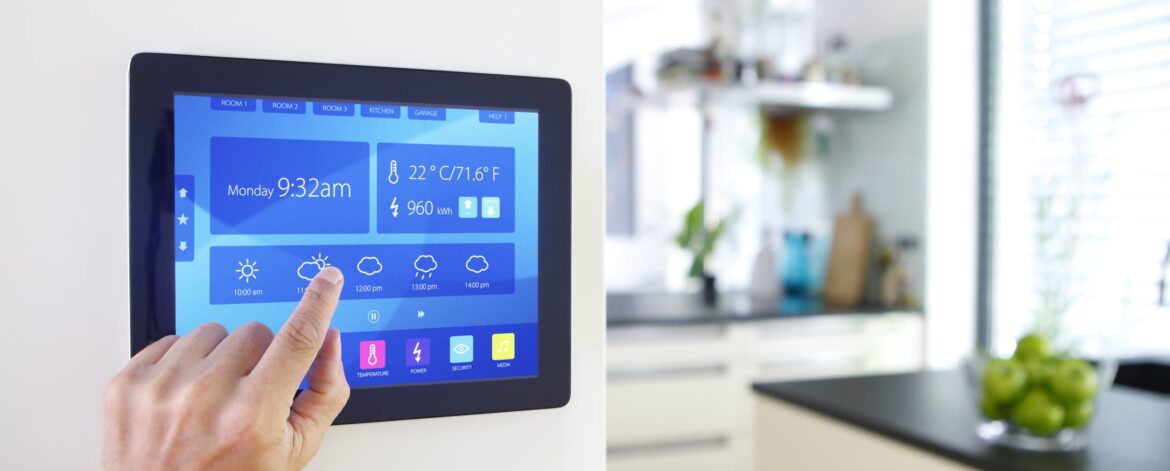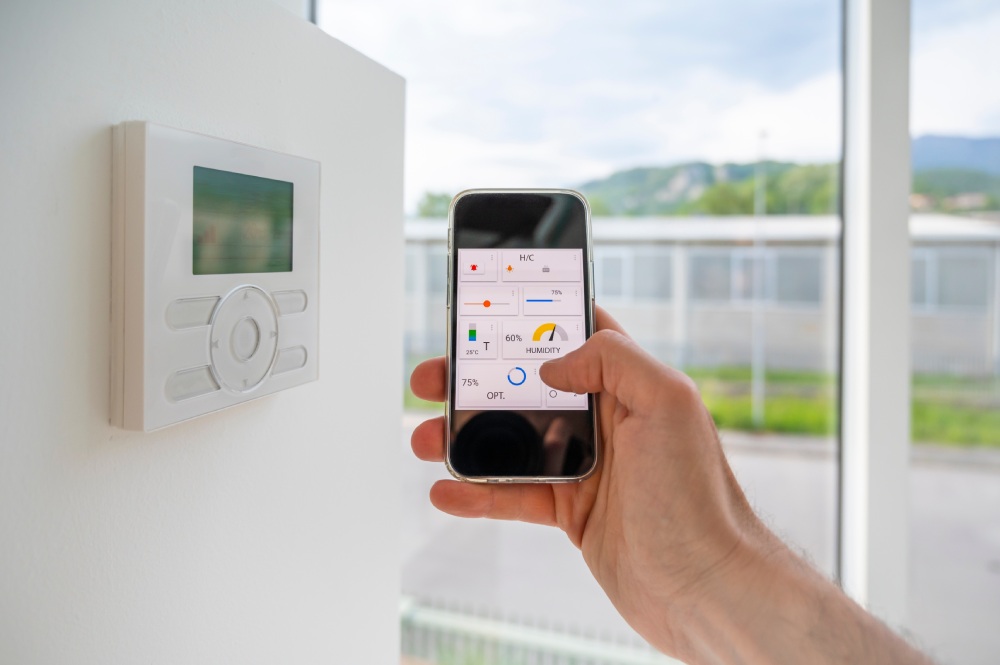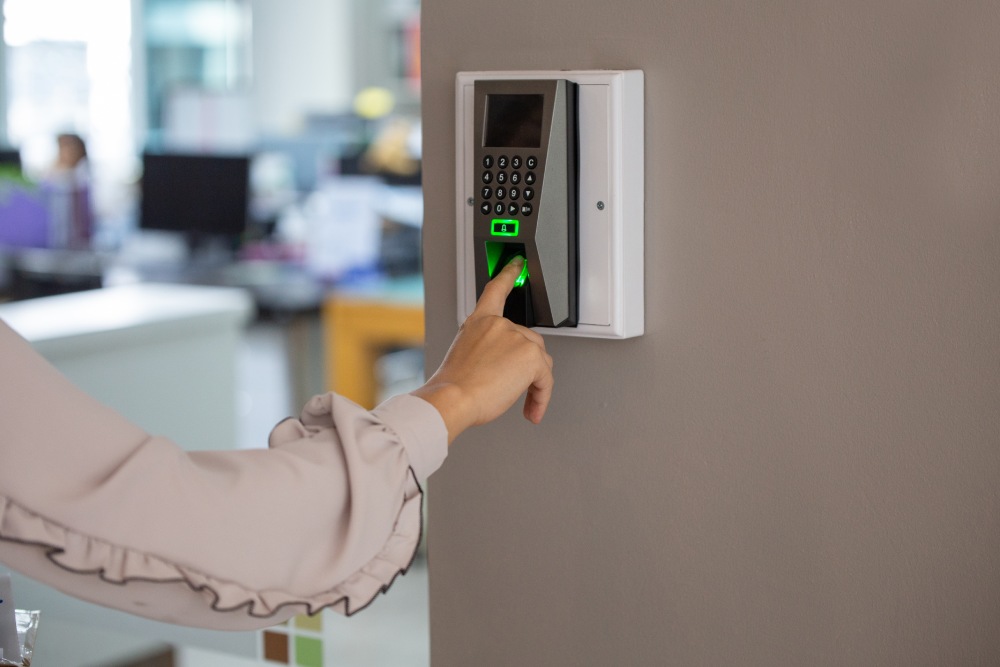
Home Automation Systems
For Your Commercial and Residential Properties
- Groceries
- Warehouses
- Commercial Properties
- Restaurants
- Cafes
- Supermarkets
- Electronic Stores
- Any Kind of Business Places
Protect your business with qualified, licensed, and professional assistance. Our local experts are readily available to provide you with cutting-edge solutions, industry-leading integration, superior customization, and unrivaled customer care.
For More Details Contact Us on +971-503 229 591




